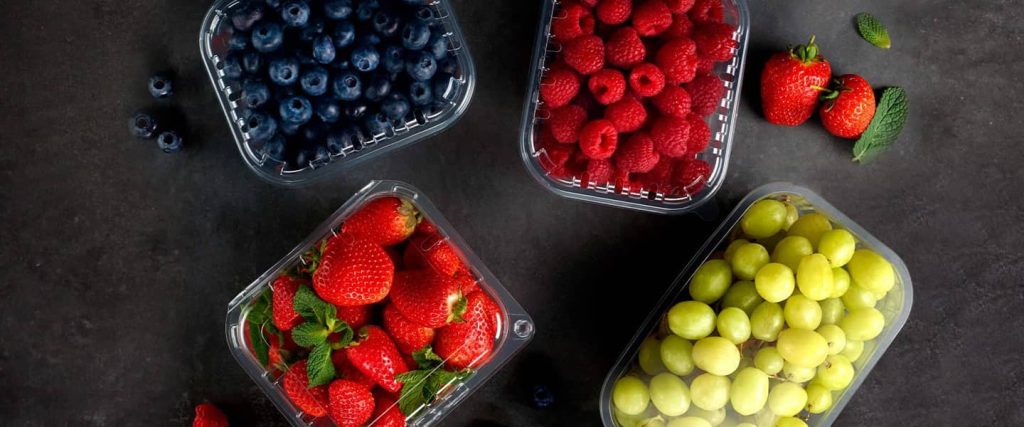Introduction:
As the world shifts towards a more environmentally conscious paradigm, the transportation of goods, including fresh fruits, faces a series of challenges. Balancing the imperative of meeting global demand for fresh produce with the need to minimize environmental impact presents a complex puzzle for the fruit transportation industry. This blog delves into the challenges of environmental responsibility in fruit transportation, exploring the hurdles that must be navigated to create a sustainable and efficient supply chain.
Balancing Act: Meeting Demand versus Environmental Impact
Increasing Global Demand:
The world's growing population and increasing demand for fresh fruits necessitate a robust and efficient transportation system. However, meeting this demand often comes at a cost to the environment, as traditional transportation methods contribute significantly to carbon emissions and other environmental hazards.
Carbon Emissions and Climate Change:
One of the primary challenges is mitigating the carbon footprint associated with fruit transportation. Long-distance shipping, reliance on fossil fuels, and inefficient logistics contribute to greenhouse gas emissions, playing a role in climate change. Addressing this challenge requires innovative solutions that balance the need for efficient transportation with environmental responsibility.
Logistics and Supply Chain Complexity
Complex Supply Chains:
The intricate nature of global supply chains poses a considerable challenge to environmental responsibility. Coordinating the movement of fruits from farms to consumers involves multiple stakeholders, each contributing to the overall carbon footprint. Streamlining these complex supply chains while maintaining freshness is a delicate balancing act.
Cold Chain Logistics:
Fresh fruits often require specialized transportation known as cold chain logistics to maintain quality and shelf life. However, the energy-intensive nature of refrigeration and temperature-controlled shipping poses challenges in aligning with environmentally responsible practices. Balancing the need for freshness with energy-efficient solutions is a key hurdle.
Regulatory Challenges and Standards
Varied International Regulations:
Navigating a web of international regulations poses challenges for environmentally responsible fruit transportation. Different countries have varying standards and regulations concerning emissions, packaging materials, and transportation practices, creating a complex landscape for global fruit exporters.
Lack of Universal Sustainability Standards:
While there is a growing push toward sustainability, the lack of universal standards in the transportation sector makes it challenging for companies to adopt consistent practices. Harmonizing these standards across borders is essential to create a more cohesive and environmentally responsible industry.
Technological and Infrastructural Barriers
Limited Technological Adoption:
The integration of sustainable technologies in fruit transportation is hindered by factors such as high upfront costs and a lack of awareness. Embracing innovations like electric or hybrid vehicles, sustainable fuels, and smart logistics requires a concerted effort from the industry.
Infrastructural Gaps:
Many regions face infrastructural gaps that hinder the implementation of environmentally responsible transportation practices. Inadequate facilities for electric charging, limited access to sustainable fuels, and outdated transportation infrastructure all contribute to the challenges faced by the fruit transportation industry.
Consumer Expectations and Behavioral Shifts
Balancing Freshness and Sustainability:
Consumers often prioritize freshness when choosing fruits, which can be at odds with sustainable transportation practices. Finding a balance between delivering fresh produce and minimizing environmental impact is a complex challenge that requires both industry innovation and consumer education.
Shifting Consumer Preferences:
The rise of environmentally conscious consumers has led to a shift in preferences towards products with a lower ecological footprint. Meeting these shifting preferences while ensuring the efficient transportation of fresh fruits requires adaptation and responsiveness from the industry.
Overcoming the Challenges: Towards a Sustainable Future
Collaborative Industry Efforts:
Addressing the challenges of environmental responsibility in fruit transportation requires a collaborative effort from all stakeholders in the supply chain. Collaboration between governments, industry players, and consumers can lead to the development of comprehensive solutions that consider the entire lifecycle of fruit transportation.
Technological Innovations:
Investing in and adopting innovative technologies can pave the way for a more sustainable future. Electric and hybrid vehicles, smart logistics systems, and advancements in cold chain technology are key areas where industry players can contribute to reducing environmental impact.
Policy Advocacy and Standardization:
Advocating for and participating in the development of standardized sustainability practices is crucial. Industry associations and companies can actively engage with policymakers to establish clear guidelines and regulations that promote environmentally responsible fruit transportation.
Consumer Education:
Empowering consumers with information about the environmental impact of fruit transportation can drive behavioral shifts. Educating consumers about the benefits of choosing sustainably transported fruits can create a demand for eco-friendly practices, incentivizing the industry to prioritize environmental responsibility.
Conclusion: Charting a Course for a Greener Tomorrow
The challenges of environmental responsibility in fruit transportation are complex and multifaceted. However, as the industry grapples with these hurdles, there is an opportunity for innovation, collaboration, and a collective commitment to creating a more sustainable future. By addressing these challenges head-on, the fruit transportation sector can play a pivotal role in reducing its environmental footprint and contributing to a healthier planet for future generations.
